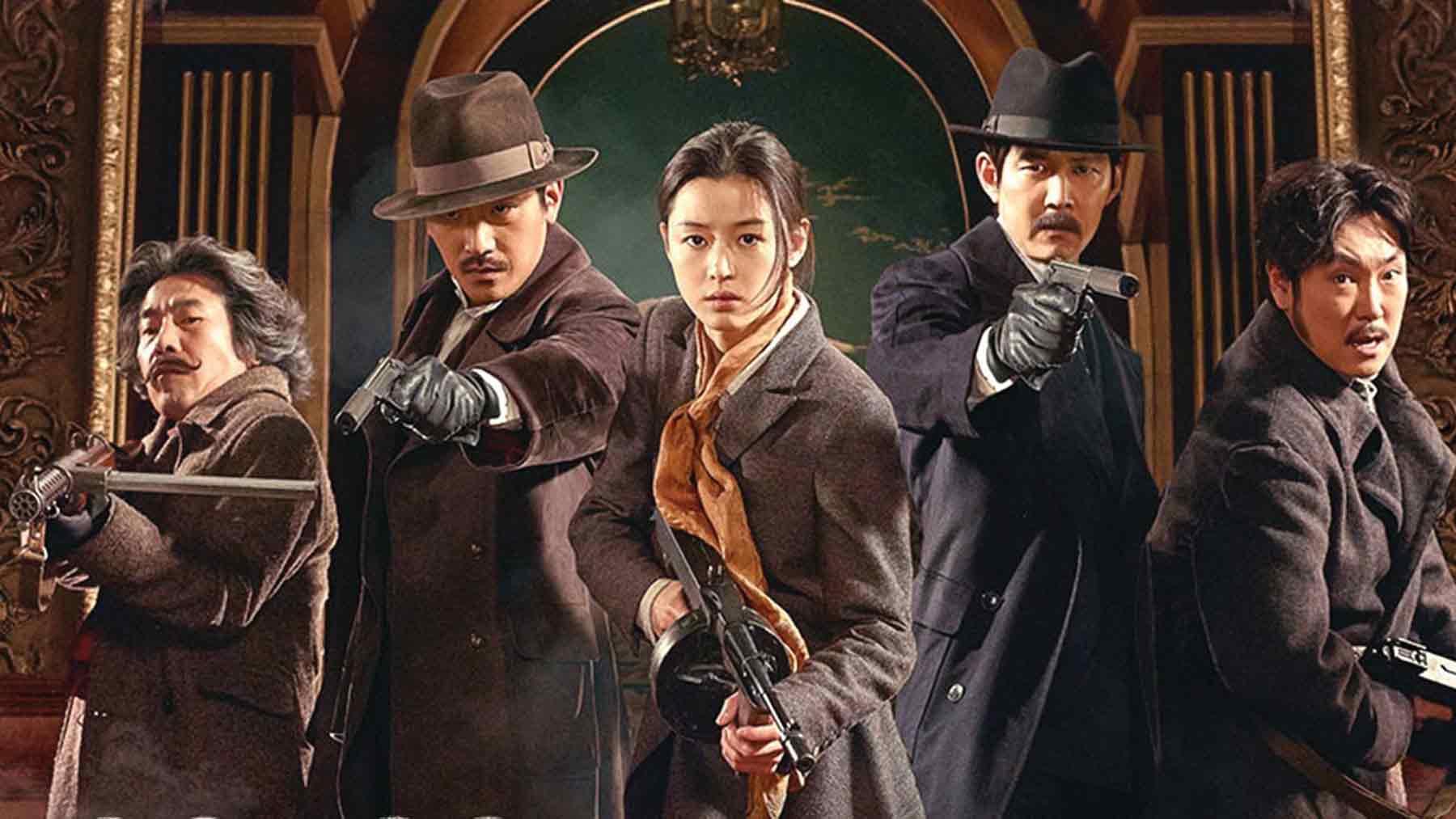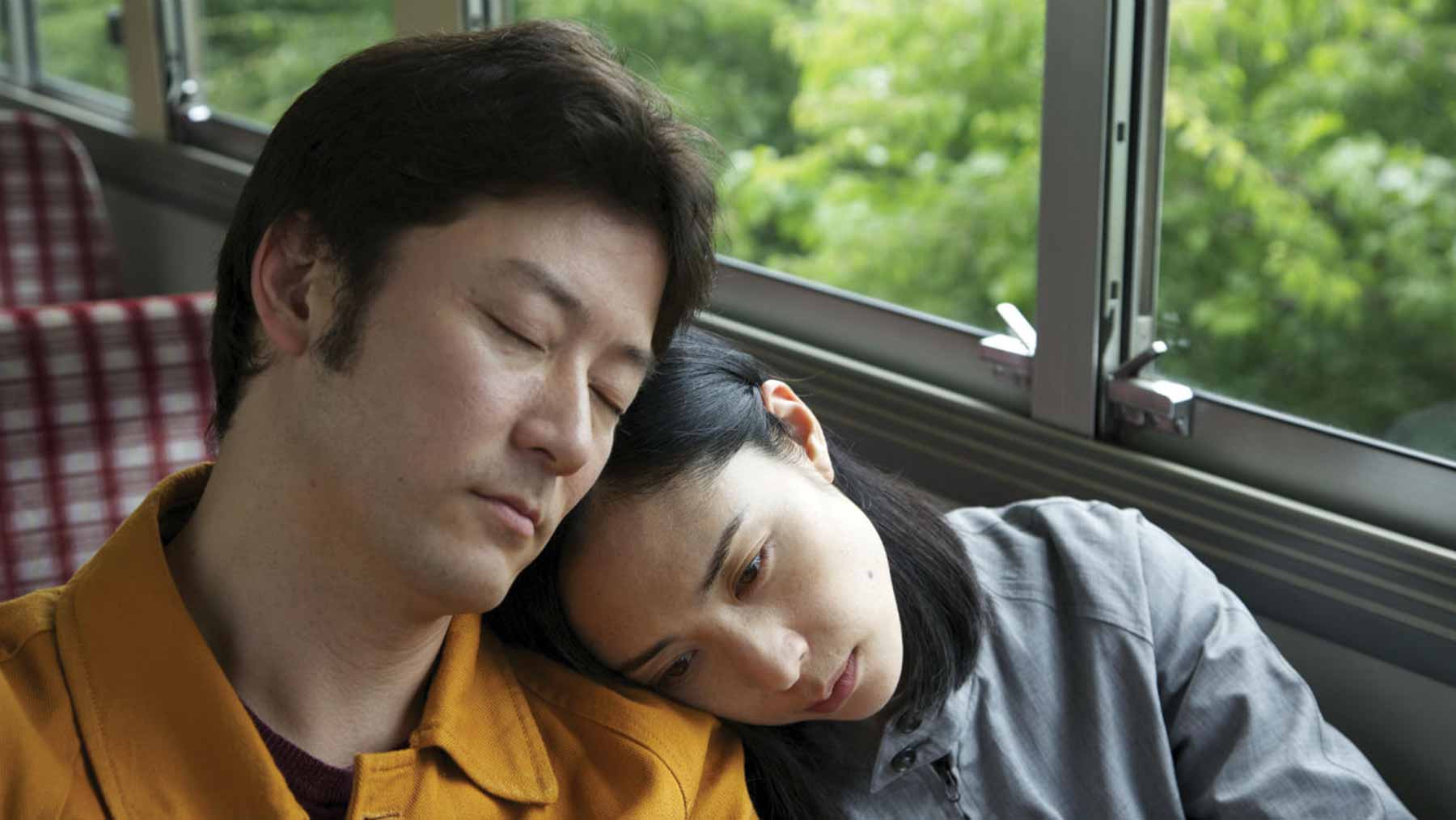
It’s loud. It’s explosive. It’s exhilarating. The blockbuster, a term that was first coined with the debut of Jaws in 1975, has become a household term audiences around the globe have come to know and love.
Since then, the film industry has grown into a multi-billion dollar production, producing hundreds of films every year. In a sold-out screening at the 35th Hawai‘i International Film Festival (HIFF) last fall, audience members devoured not just their popcorn, but also the biggest blockbuster of 2015.
It wasn’t the roaring Jurassic World or the highly anticipated Star Wars reboot that received a loud ovation as credits rolled. The film wasn’t even made in the bustling West Coast city of Los Angeles. It hails from so far west, it’s east.
South Korea’s Assassination not only took HIFF by storm, but also the world. Set during the Japanese occupation of Korea in the 1930s, the plot revolves around a deadly plan to take out a pro-Tokyo sympathizer. While dominating on its film festival tour, the espionage-ridden tale raked in a whopping $71 million opening weekend, making it the top grossing film of 2015. It outranked both the wildly popular Avengers: Age of Ultron and Mission Impossible: Rogue Nation in its late August release.
As guests of HIFF’s screening flowed out of the theater, smiles abounded and friends discussed the epic they had just witnessed. Michael Andrews, a WCC student participating in the festival’s Ebert’s Young Writers Program, found himself blown away by the film.
“Assassination was a really great surprise actually. I knew very little about it going in and sort of saw it on a whim, but I ended up enjoying it quite a bit,” he said. “Just for sheer enjoyment and surprise value, I think Assassination might have been my favorite film (in the program).”

The film has all the key elements that make blockbusters so wildly popular: daring fight sequences, evil villains, a star-studded cast and even a strong sense of patriotism. Sounds like anything Hollywood might produce, only this time, the film hails from the other side of the world.
Asia’s cinematic history is as expansive as the rest of its history. Less than a year after its Paris debut, the Lumière brothers’ pioneering first film was screened in Shanghai. Only a couple of decades later, China’s golden era got on its feet, a time refereed to as Shanghai’s Hollywood. The glitz and the glam we romanticize here in the States had taken off.
Today, China leads the Asian film market as a super powerhouse, alongside Japan and Korea. It holds the title of largest international market for U.S. films, and its box office numbers have improved by 33 percent over the last year. By 2017, Chinese grosses will exceed those of North America.
China is the second largest film market in the world, following the U.S., and is on a fast track to become number one. Its government has put culture on its priority list, with a zealous lust for an Oscar for the trophy shelf or an internationally acclaimed franchise.
With the July 2015 release of Monster Hunt, a 3D fantasy adventure directed by former DreamWorks animator Ramen Hui, Chinese opening day records were broken with a staggering $29.8 million in ticket sales. This number tops most American hits’ opening day results, such as 2014’s Transformers: Age of Extinction, which grossed $27 million its first day.
HIFF strives to bridge east and west and screens the most Asian films out of any festival in North America. Anderson Le, the director of programming at the festival, has more than 15 years of experience under his belt. He’s traveled far and wide, from Cannes to Busan and back again.
During his time at HIFF, Le has noticed that most popular films in the festival’s program are the East Asian films—the Japanese films are a big draw in particular.
“Japanese culture is very relevant here. I believe there’s an affinity and connection to it,” Le said. “You don’t have to be Japanese either to appreciate it. Our audiences tend to be very diverse, which is really cool.”
While comparing Asian films to American ones, Le said there’s more fusion in the storytelling. “Over the next decade, there’s going to be more of that blending,” he said. “Now you see Chinese stars in Hollywood movies. Actors are being imported to China to work on films there. There’ll be a broader cultural exchange in entertainment.”
The entire theater experience is being diversified. Told with unique, powerful voices, long gone are the days of Hollywood’s oriental whitewashing. Children now have more role models to look up to. With more races and ethnic backgrounds represented in major roles on screen, it reinforces the idea that all voices matter.
“To see the stories of other people is extremely worthwhile, but even to see the sights and hear the sounds and see the people of different places is inherently valuable,” Andrews said. “An American movie filmed in Japan will probably be profoundly different from a Japanese movie filmed in America, or even a Japanese film made in Japan.”
At last fall’s HIFF, Journey to the Shore headlined the Spotlight on Japan program. A supernatural drama, the film revolves around a woman taking a trip with the apparition of her husband. Tadanobu Asano, the lead of the film and Japan’s Christian Bale equivalent, was in attendance at the screening along with the director.
Known for dozens of daring and exciting lead roles back in Japan, he has recently begun breaking into the American business with roles in glossy films such as Thor and Battleship. Upon his arrival to the theater at HIFF though, most of the people in the lobby weren’t even aware of the sharply dressed and smiling man’s success. They didn’t realize there were people willing to kill to be close as they were to the award-winning actor. At least not yet. However, he was met with a standing ovation during a Q&A following his film’s screening.
As filmmakers continue to hone and perfect their craft, a cultural revolution is underway. Instead of a one-way exportation of American cinema to the east, there will be more cross-pollination, more cultural exchange and more stories told reflecting the identities of a global society.
Though Asian cinema is still predominantly seen internationally via film festivals and art house screenings, the exponential growth in these markets is undeniable. With every passing year, production values get higher, the storytelling gets stronger and more popcorn is popped. These films are rapidly being integrated into American pop culture.
“The 21st century is the Asian century,” Le said.
HIFF came to a close with the Hawai‘i premiere of A Tale of Three Cities, a Chinese war epic based loosely on Jackie Chan’s parents’ story. Lines stretched around the theater. The ever-growing demand for foreign cinema was present.
by Austin Weihmiller ,Special to Ka ‘Ohana




